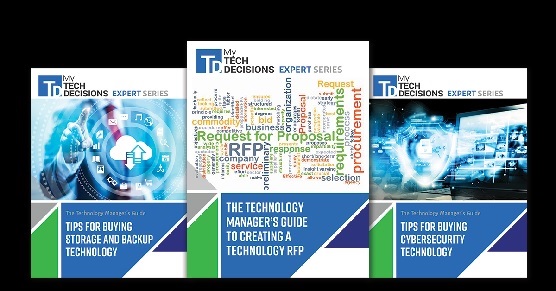Chances are if you sit down with a room full of superintendents and ask how many have implemented or are considering implementing a 1:1 device program, you’ll see several hands go up.
The number one reason is because 1:1 provides a more personalized learning experience for students. Giving each student access to their own device allows them to work at their own pace on an assignment. It creates new opportunities for differentiated instruction because the teacher can assign targeted lessons that are tailored to each student’s academic level and learning style.
Another benefit of 1:1 programs is that they allow greater access to digital resources and curriculum. So much of the curriculum today is made for a 1:1 environment. So adopting a 1:1 program allows teachers to try out these different types of lessons, offer online courses and even conduct online assessments.
Multiple studies have been done on the benefits and impact of adopting 1:1 programs. A recent analysis of research indicates that giving every student a laptop computer can boost student academics and teach 21st century skills. Some studies go on to say it can lead to greater student engagement and more student-centered instruction.
Another upside of 1:1 programs is that they teach students basic tech skills – such as how to properly shut down a computer and how to avoid getting viruses, which can be particularly important for students who don’t have access to similar devices at home. 1:1 also provides an opportunity to teach digital literacy to students – such as how to vet web sites and stay safe online.
Given all of this, it’s no surprise that more and more districts nationwide are adopting this format, whether through school-issued devices or through a BYOD program. But opening up the school network for use throughout the day comes with challenges. Schools should have safety measures in place and take the proper precautions to ensure a smooth rollout. Ignacio School District in Colorado adopted a 1:1 program six years ago for grades 3-12 – a total of 700 laptops. We are proud of our program and learned a lot along the way. Here are five things districts should consider when planning a 1:1 rollout.
- Make sure your network can handle the load. Whether you’re planning for a single 1:1 classroom or a district-wide rollout, it’s critical that you make sure that your wireless infrastructure will be able to handle the number of new devices you’re adding. Make sure to factor in time and money to make any needed upgrades to your network before launching the program. This is the single most important thing to consider. If this fails, your program is doomed before it even starts. We expanded our network gradually to make sure that by the time we were ready to implement our 1:1 program, we had the bandwidth to do it successfully.
- Create a plan for how to keep students safe online. The internet can be a dangerous place for students – not to mention full of distractions that eat away at time like online games and social media. If you’re going to allow students to access the internet on their devices – something most 1:1 districts do – make sure you have a plan in place to keep them safe. We use web filters and email filters to monitor students’ activity and to block certain web sites. We also use Impero Education Pro Software to remotely manage student devices. It allows administrators to monitor what students are doing on their devices in real time which helps teachers keep them on track and catch any issues. We also teach students about digital citizenship – things like online etiquette, cyberbullying, and how to manage your digital footprint. Our K-5 technology teacher provides a segment on digital citizenship every year and our local sheriff provides similar talks for students in middle school and high school.
- Provide incentives for students to take care of their devices. At Ignacio, we don’t let the younger students take their devices home anymore. We only have a tech department of three people and couldn’t keep up with the repairs. But in high school, we do. We expect students at this age to be able to be more responsible and take care of the technology. To encourage this we implemented an incentive program in which we allow students to keep their laptops or Chromebooks once they graduate as long as they have a 2.5 or higher GPA. This encourages them to keep their grades up and to take care of their device because they know that it might be theirs one day. We also charge students a fee for repairs. The fee increases for each subsequent repair.
- Pick the right devices. Discuss what your district wants from its 1:1 program and what types of curriculum each type of device will support. Look at your budget too. You might want to take a hard look at Chromebooks for example rather than spend money on a laptop because they’re cheaper and can do almost as much. We started with PCs for everyone, but are now moving more toward Chromebooks because they make more sense for our district. The worst thing you can do is buy 1,000 tablets or PCs and then realize that they aren’t a good fit.
- Budget wisely. It’s important to put money in your budget for repairs in case the student fees aren’t enough to cover them. It is also important to allocate money for technology refreshes or to replace devices as needed. Also make sure to account for professional development costs. Some teachers may be reluctant to adapt to teaching in a 1:1 environment. Make sure you have the proper training programs and support in place to make this a positive experience for the teachers and the students.
At the Ignacio School District, we have learned a lot in last six years. But most of all, we’ve learned that going 1:1 can be an amazing experience for both teachers and students. It provides a whole new world of options for teachers and helps students learn the 21st century skills that they’ll need when they graduate. It has helped us set students up for lifelong success.
If you enjoyed this article and want to receive more valuable industry content like this, click here to sign up for our digital newsletters!











Leave a Reply